How to use Samsung Pass

Samsung Pass is essentially Samsung’s answer to Autofill with Google, providing Samsung users with a secure way to store sensitive information like logins and banking information, and to use that info to automatically log you into apps, websites and more.
The question is, how do you set it up on a Samsung phone? While the process differs slightly depending on the version of Android and Samsung OneUI your phone is using, it’s simpler to set up than you might think.
Here, we show you how to set up Samsung Pass on your smartphone. For reference, we used a Samsung Galaxy S23 Ultra running Android 13 and Samsung OneUI 5.1 for this tutorial.
If you’re new to the concept of Samsung’s biometric-focused security feature, take a look at our ‘What is Samsung Pass?’ explainer.
What you’ll need:
- A supported Samsung smartphone
The Short Version
- Open the Settings app.
- Head to Security and Privacy (also listed as Biometrics and Security).
- Tap Samsung Pass.
- Log in with your Samsung account.
- Verify/register your fingerprint.
- Add your usernames, passwords and other data to Samsung Pass.
Step
1Open the Settings app on your Samsung smartphone

On your Samsung smartphone, open the Settings app. If you’re unsure, it’s the app with a mechanical cog icon.

Step
2Tap ‘Security and privacy’
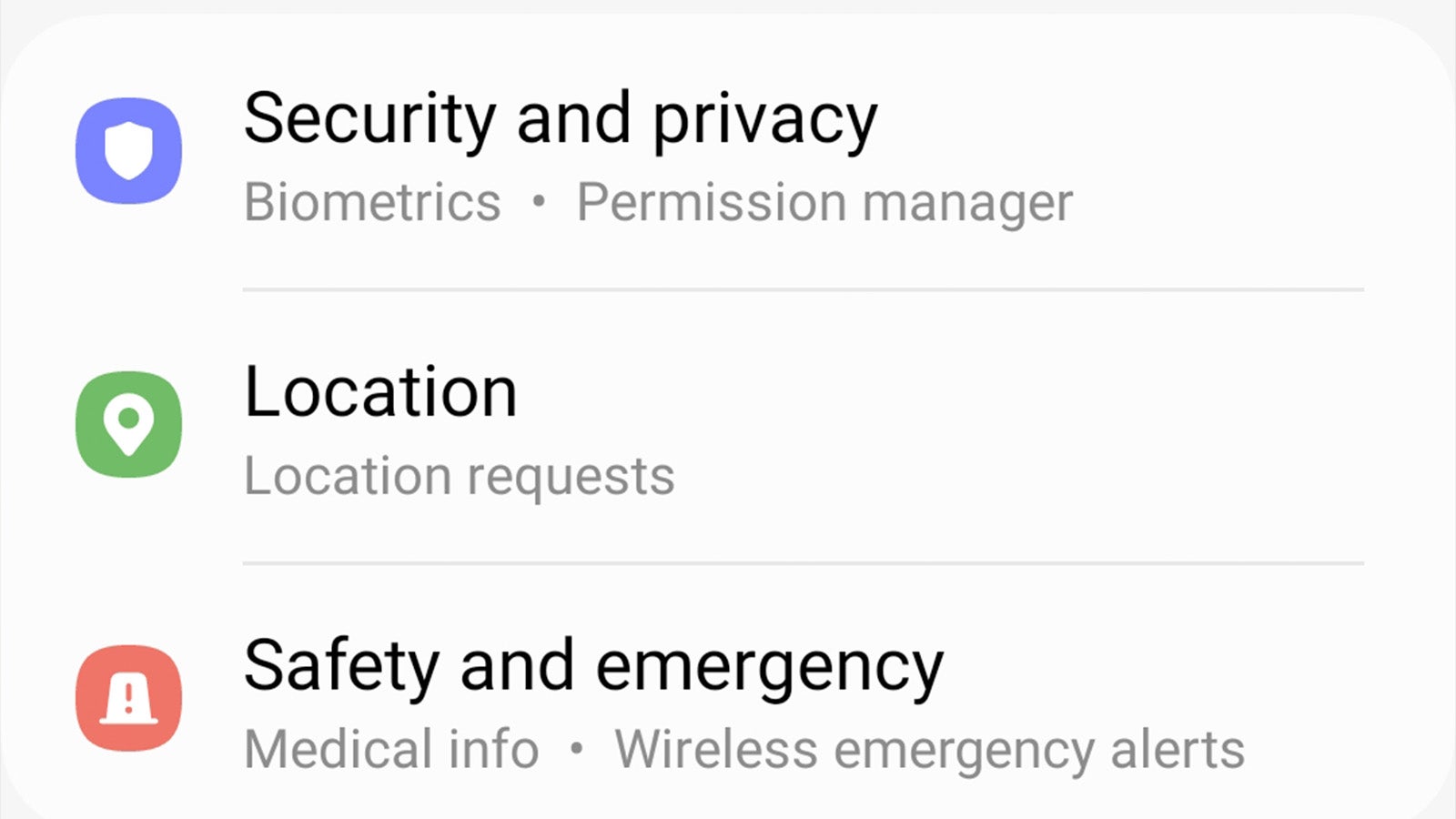
Scroll down the main Settings menu until you find the ‘Security and privacy’ submenu (it may also be listed as ‘Biometrics and security’ on some Samsung phones). Tap it.

Step
3Tap ‘Samsung Pass’
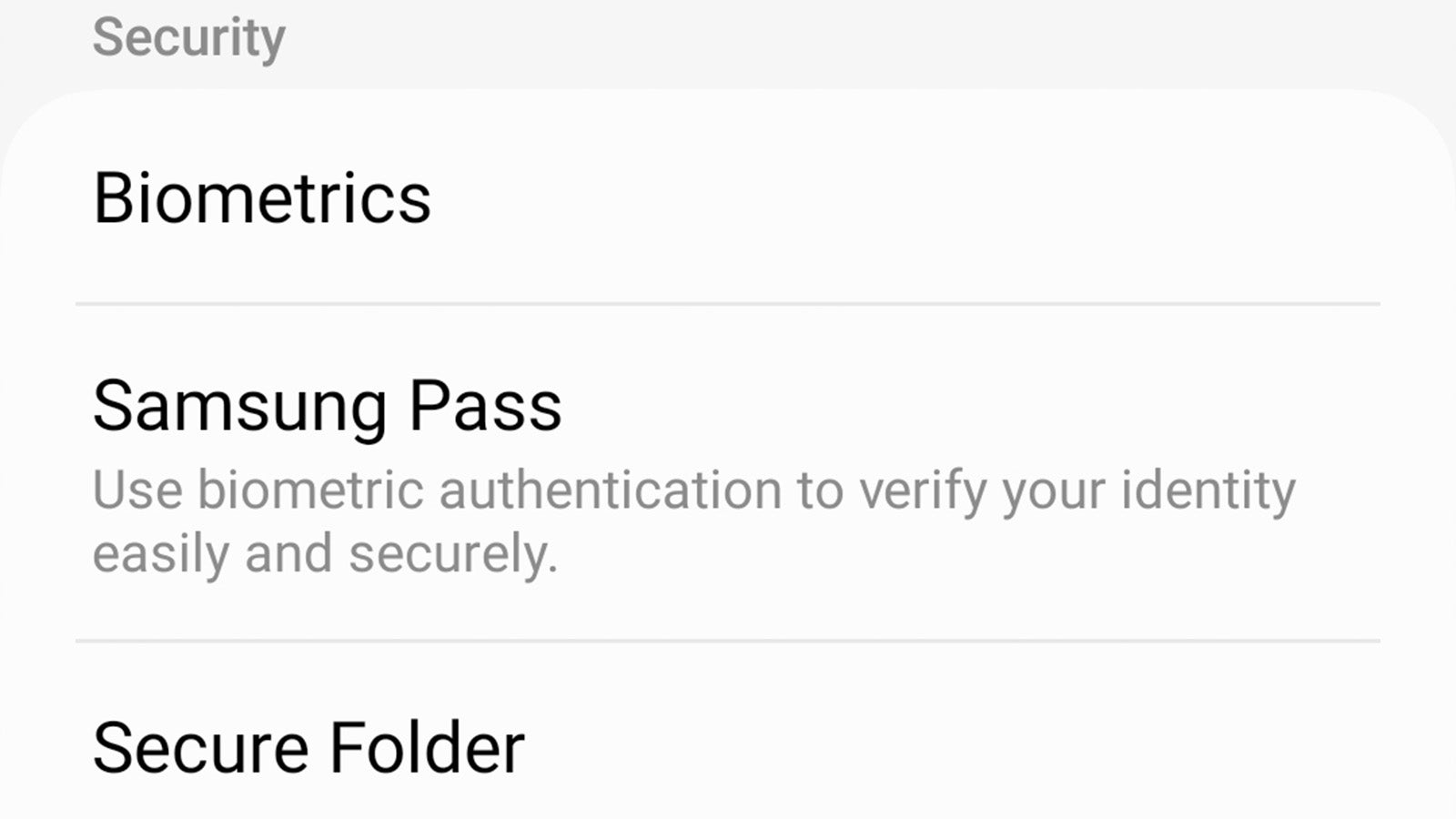
Scroll down the Biometrics and security menu until you find ‘Samsung Pass’, usually located within the Security section of the menu. Tap it.

Step
4Log in with your Samsung account
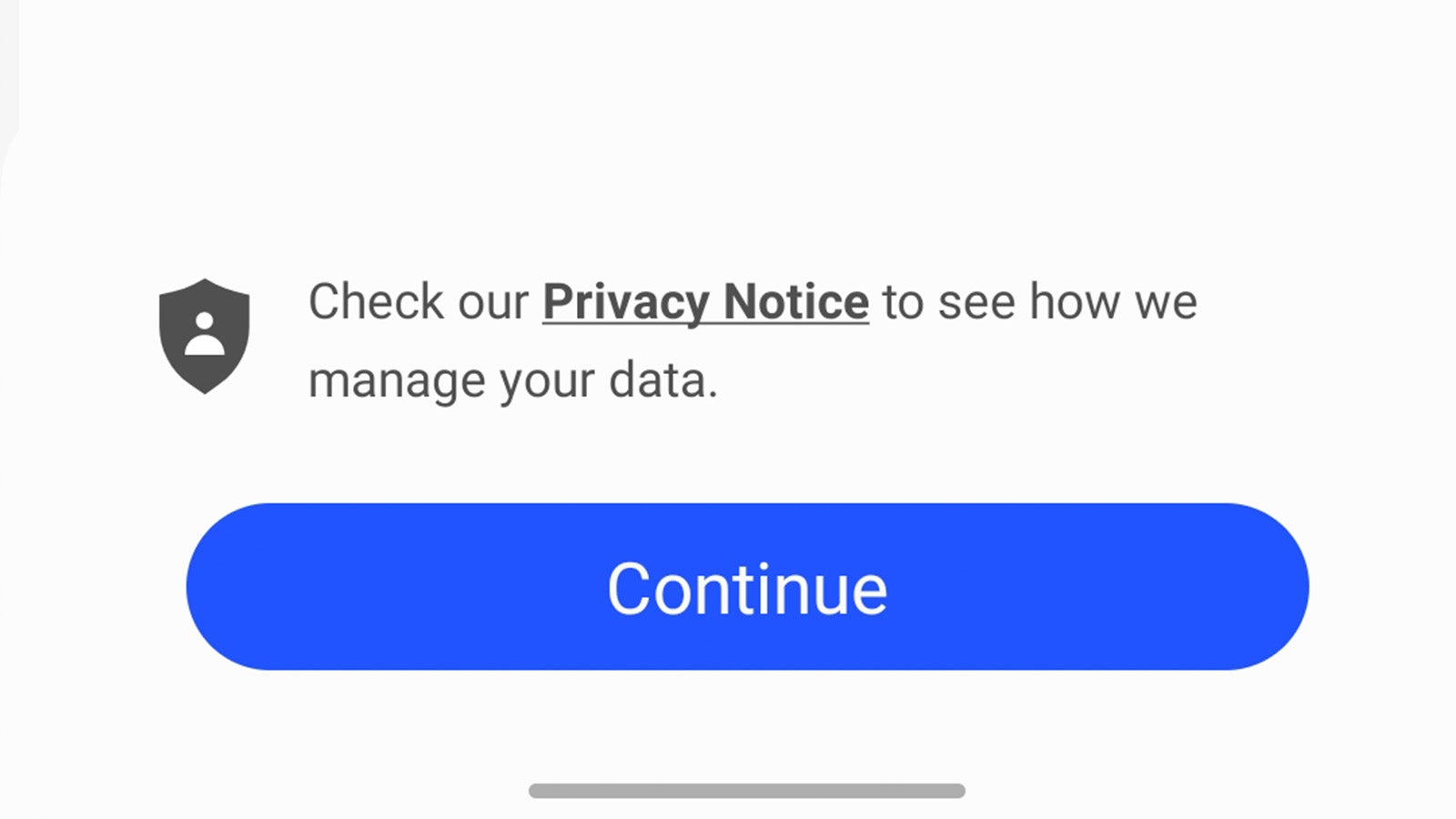
You’ll be taken to a Samsung Pass introduction page explaining the concept of the service. Tap ‘Continue’. As a security precaution, you’ll be prompted to enter your Samsung account password before you can access the Samsung Pass settings menu.

Step
5Register or verify your fingerprint
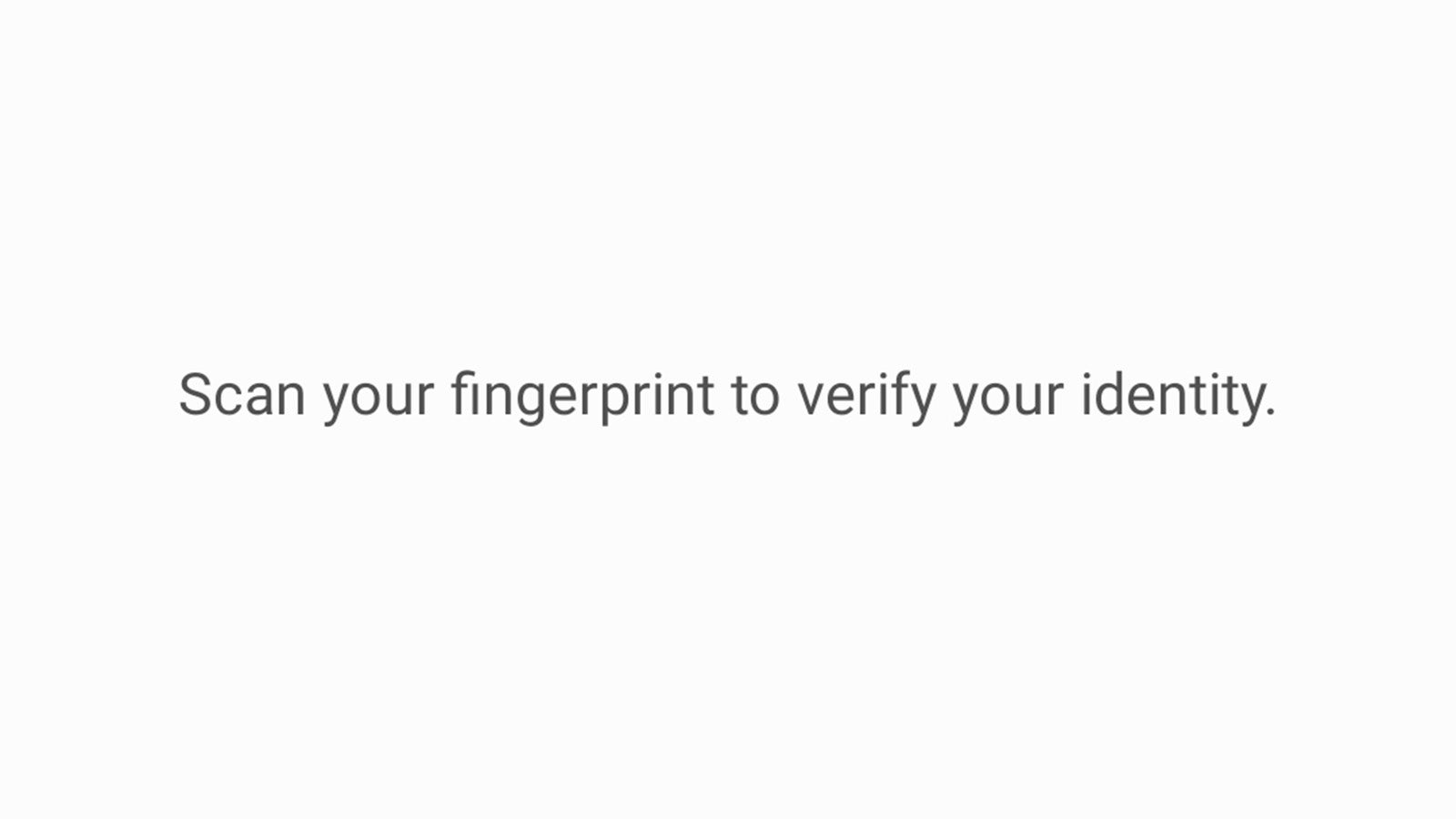
You’ll then be taken to the ‘Register biometrics’ menu if it’s your first time using Samsung Pass and you have yet to register a fingerprint. Simply tap ‘Fingerprints’ at the bottom of the page and scan your desired fingerprint.
If however you have already registered your fingerprint to unlock your phone, you’ll skip this step and once your fingerprint has been scanned, you’ll be taken to the main Samsung Pass menu.
Step
6Complete the set-up process
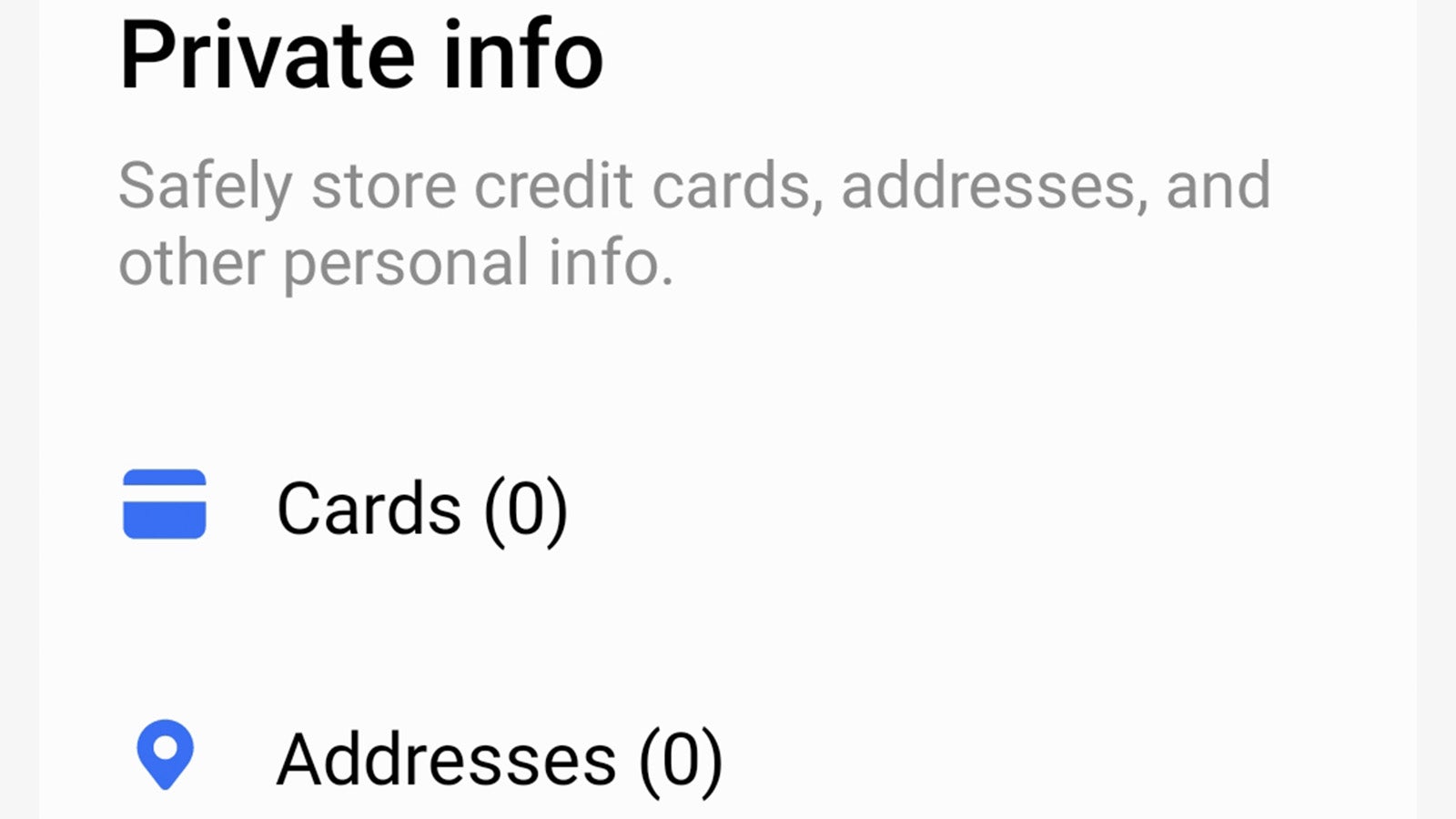
Once you’ve registered a fingerprint, you’re ready to use Samsung Pass to log into apps, accounts and websites. From here you’ll be able to manually add addresses, passwords and other sensitive data that Samsung Pass can use when logging into various apps and websites on your smartphone.

Troubleshooting
Samsung Pass can be used in a number of apps and websites to provide quick access without having to manually input a password, though the type of biometrics you can use and where you can use it will depend on the app in question. Some may allow you to log in with a fingerprint, but when it comes to purchasing, they may still require a password input.
If you decide you no longer wish to use Samsung Pass for digital password safekeeping, you can head to Settings > Security and privacy > Samsung Pass > Three Dot Menu > Settings > Delete Data.








